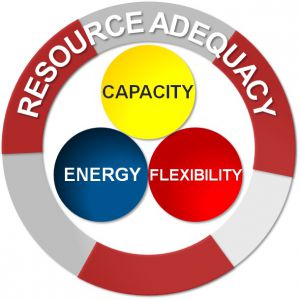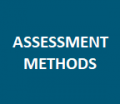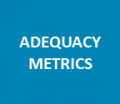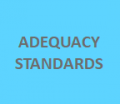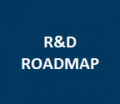Resource Adequacy Assessment Resource Center
Contents
TODO
- Description of the site
- Site layout with links
- Reflow text
- Fix missing file links
- Add links to references
Welcome to EPRI's Resource Adequacy Center
Resource adequacy is a fundamental part of grid planning and operational planning. The challenge involved with understanding adequacy is increasing as new technologies join the generation mix. Technologies such as wind, solar, short-duration energy storage, distributed resources and Power-to-X all have different constraints on their availability to conventional thermal generation or hydro power. Meanwhile, customer behavior is changing and the role of electricity in society is evolving as the key vector for decarbonization.
The purpose of this site is to bring together information to help those trying to assess adequacy in this context. It draws on a wide range of work that EPRI and the industry has conducted in response to the challenge of the emerging grid. We welcome your feedback on how to make this increasingly useful to support you and your decisions.
Resource Adequacy Assessment
Traditional utility planning has always involved the production of various forecasts of future demand, with the goal of ensuring investment in new resources, including transmission, that would result in sufficient generation and transmission to serve demand over some defined future period. This planning process is composed of multiple processes and models, including power flow modeling and production simulation modeling (sometimes called power-cost modeling). A precursor in the planning process is a resource adequacy (RA) study that provides an assessment of whether future resources are sufficient to provide for demand at all times.
Prior to the widespread adoption of renewable energy sources (not counting hydro), a typical RA study would consist of performing a simple calculation of the percentage by which installed capacity would exceed peak demand. Ratios (called “planning reserve margins,” or PRM) ranging from approximately 11% to 16% were generally regarded as achieving an acceptable level of RA.
However, as early as 1947, work had begun on probabilistic assessments of RA. This work recognized that, because different generating resources have different failure rates, that two otherwise identical systems, but with differing unit failure rates, would not achieve the same level of reliability. Moving to a reliability framework in which we can measure the degree to which a system can provide for customer demand—or conversely, the degree to which it fails—began to move the industry into more accurate RA assessments.
Site layout
This site focuses on RA assessments in systems with high/growing levels of variable generation (VG), storage, and demand response (DR). An essential component of this discussion centers around the contribution of VG to RA, which differs significantly than for conventional generation.
To illustrate important concepts in RA with renewables, this guide introduces some of the early studies in RA involving renewables, and then moves to more recent studies and inquiries. As renewable integration studies evolved, so did the methods and sophistication of the assessments.
The plan for this guide is to introduce RA concepts and metrics, followed by a discussion of other influences on RA. We then move to a discussion of RA with renewables, including assessment methods to calculate the capacity contribution of renewables. After a discussion of alternative metrics proposed for RA with renewables, we describe modeling styles that may be useful in incorporating increased levels of DR and storage.
Add bullet points for the description of the site
